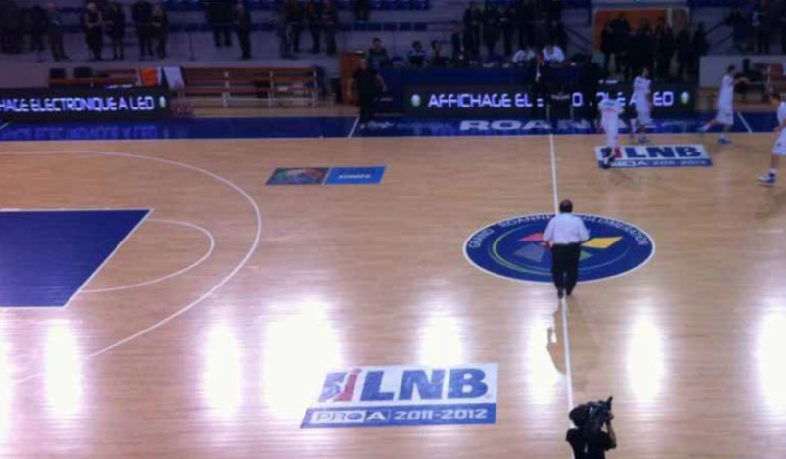LED Lighting for Sport Courts: Key Insights and Applications
LED technology has become a cornerstone of modern sport court lighting due to its superior energy efficiency and long-term cost-effectiveness.
1. Glare Management in Indoor Sports
Indoor sports like volleyball face challenges with LED glare due to high luminance and small luminous surfaces. A 2018 study on indoor volleyball courts found that while glare did not impair athletes’ objective performance, it increased subjective discomfort and non-acceptance. The unified glare rating (UGR) model effectively correlated with discomfort, but combining source luminance and background luminance improved predictions. Mitigation strategies include using diffusers or adjusting LED placement to balance brightness and visual comfort.
2. Enhanced Visibility and Accessibility
Innovations in LED lighting are improving accessibility for athletes with visual impairments. For instance, illuminated LED court lines on tennis courts in New York help players distinguish boundaries through tactile and auditory feedback, paired with sound-adapted balls. While not yet applied to volleyball, such systems could enhance line visibility in low-light conditions or for inclusive sport participation.
3.Smart Lighting and Adaptive Control
Connected LED systems enable dynamic lighting adjustments based on real-time needs. Stadiums increasingly adopt tunable LEDs for color-changing effects and automated controls, enhancing both gameplay and spectator experiences. Adaptive systems could optimize brightness during dusk transitions in outdoor courts or synchronize with event schedules to reduce energy waste.
4.Safety and Maintenance Considerations
Reliable lighting infrastructure is essential to avoid disruptions during events. The 2013 Super Bowl power outage, caused by HID lighting failures, underscores the need for robust LED systems with backup power and regular maintenance protocols. High-mast lighting audits and emergency systems are critical for uninterrupted gameplay and spectator safety.
5.Recommendations for Sport Court Lighting Design
Prioritize Glare Reduction: Use diffusers and reflective surfaces to soften LED luminance.
Adopt Smart Controls: Implement adaptive systems for dynamic brightness and color adjustments.
Incorporate Accessibility Features: Explore illuminated lines and multisensory feedback for inclusive design.
Ensure Thermal Stability: Integrate advanced cooling systems for high-power LED arrays.
These advancements highlight LED lighting’s transformative role in sport courts, balancing performance, sustainability, and inclusivity.





Comments